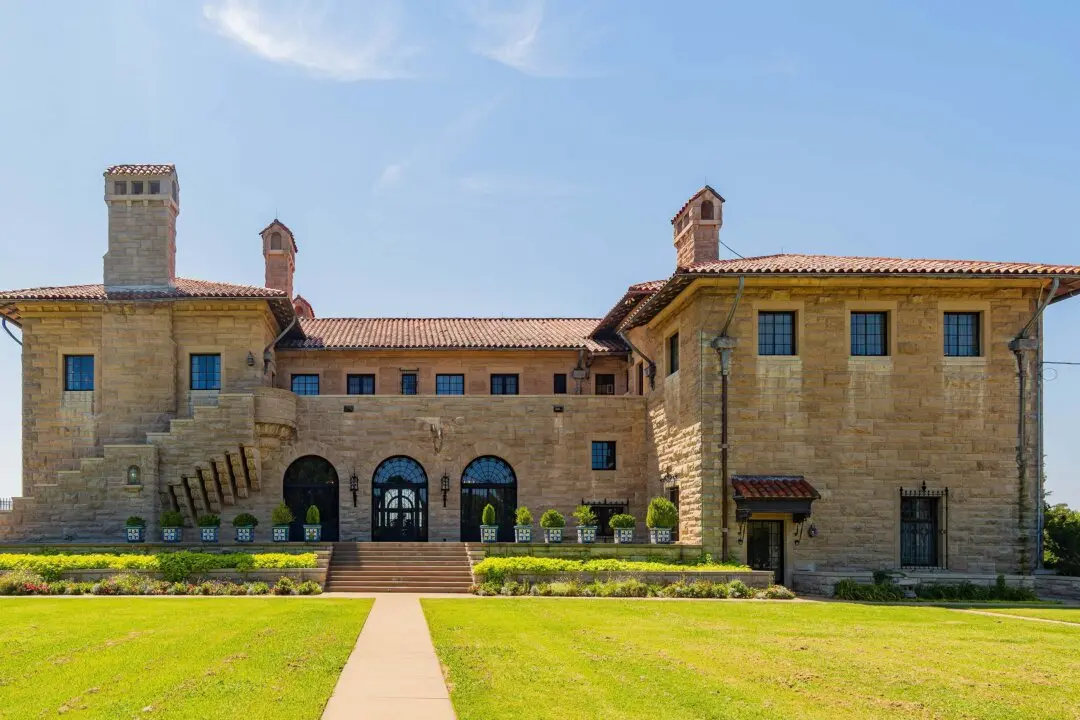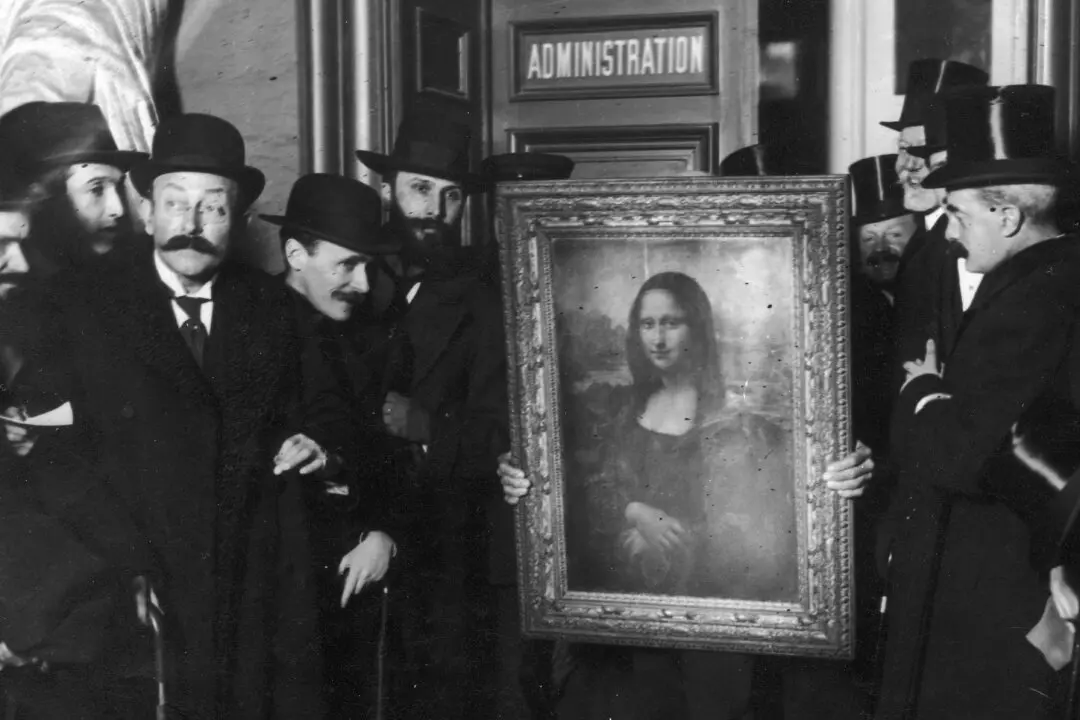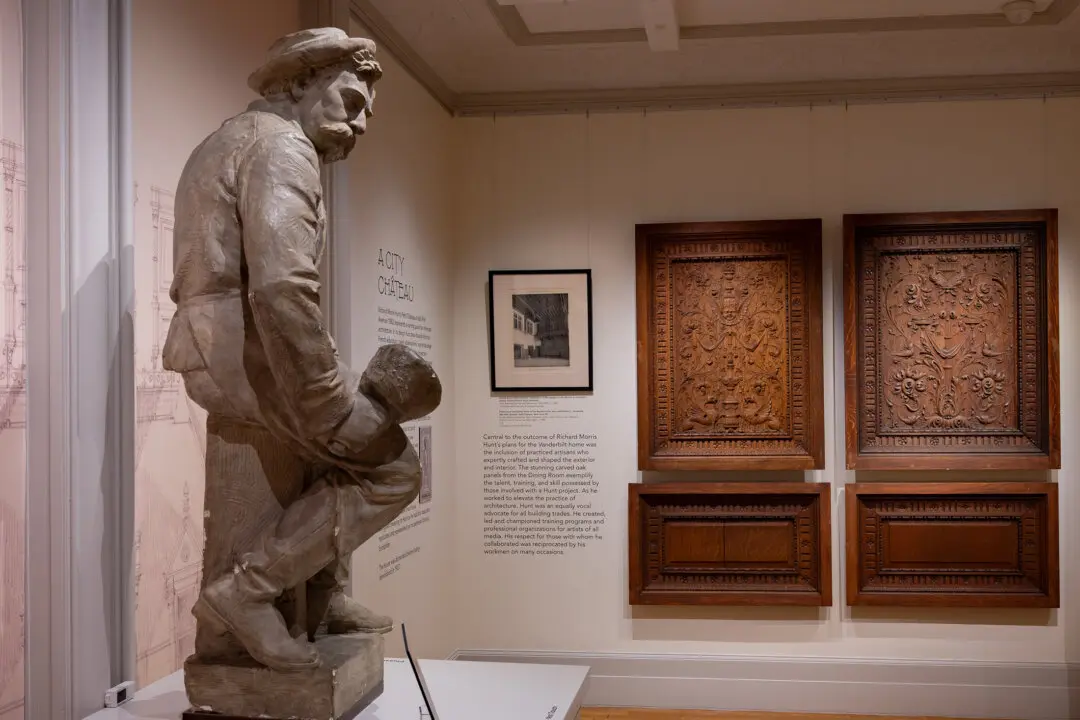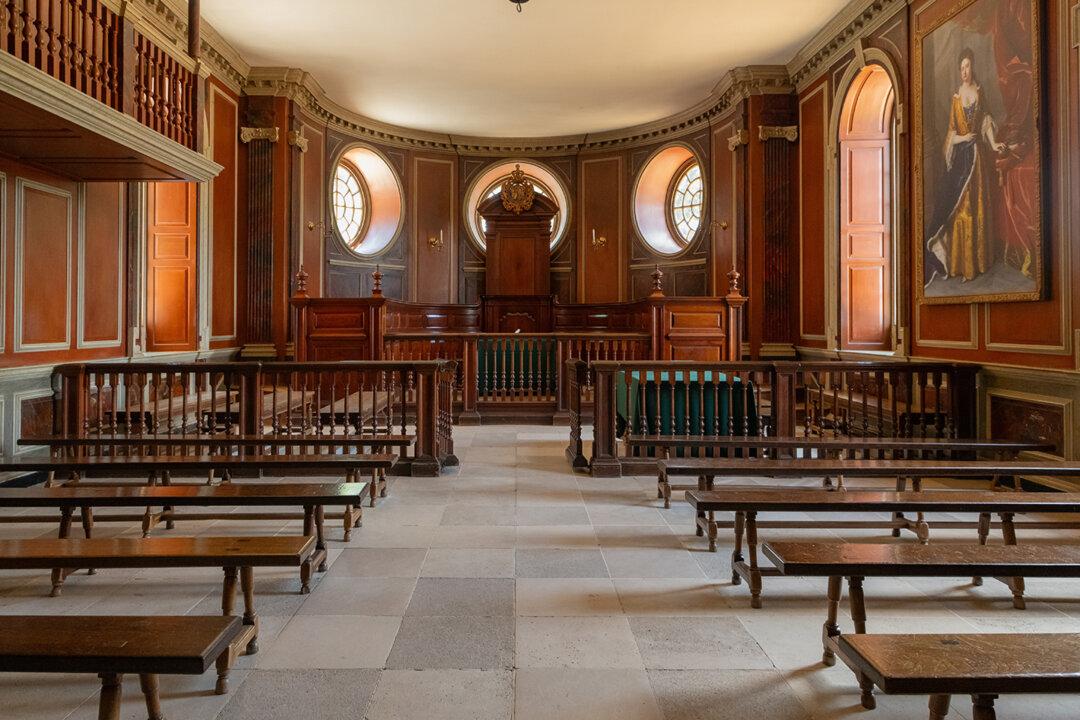“Knowledge will forever govern ignorance: And a people who mean to be their own Governors, must arm themselves with the power which knowledge gives,” wrote President James Madison.
For six months, the “Father of the Constitution” sequestered himself in his upstairs study in the family’s Virginia home, Montpelier. There, he engaged in an intensive study of civilizations—both ancient and modern—in his quest for wisdom in shaping the Constitution of a young republic. Here, he synopsized his ideas into principles he felt essential for a representative democracy: what would be known as the “Virginia Plan,” which would become the basis for creating our Constitution.





